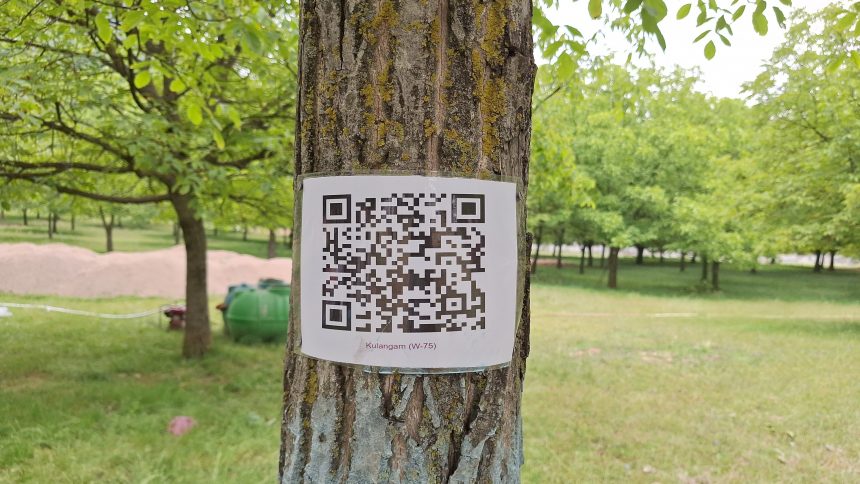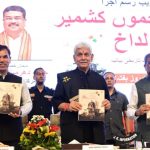Handwara, June 17: In an amazing initiative set to revolutionize walnut cultivation and research, the Walnut Research Station in Kulangam, Handwara (Kupwara) has become the first in the country to digitally tag walnut trees with QR codes.
The move aims to make detailed information about each tree from its variety, age to the size of its nut and kernel accessible with a simple scan.
Jammu and Kashmir, India’s leading producer of walnuts, exports both raw walnuts and processed kernels across the country and internationally. According to officials, the new initiative reflects the J&K’s mission to modernize horticulture and improve traceability in walnut production.
“We have more than 50 lakh walnut plants, each a different variety. With this technology, a student or visitor can scan a QR code and instantly access comprehensive data such as the plant’s age, nut size, kernel size, protein and fat content, and even medicinal value,” explained Dr. Imtiyaz Lone, head of the walnut processing unit.
“This digital record-keeping will support better orchard management, disease tracking, and quality control.”
Dr. Lone credited the vision of the Vice-Chancellor and Director SKUAST-K for the initiative, which he says will soon be expanded to cover every walnut tree in Jammu and Kashmir in collaboration with the administration.
The QR-coding project is part of a broader mission to promote dry fruit cultivation and position Kashmiri walnuts as a premium product across India and abroad. The research station, located within the Sher-e-Kashmir University of Agricultural Sciences and Technology (SKUAST-K), is also pioneering new cultivation methods. One such method allows 15 to 20 saplings to grow from a single kernel, a significant leap from the traditional two to four.
“Unlike traditional walnut orchards that require climbing and pose accident risks, our new model features low-height, high-density trees that can be harvested by hand, similar to apple orchards,” said Dr. Lone. “This approach not only improves safety but also boosts productivity.”
Currently, these high-density walnut orchards are operational in the university’s Wadoora and Shalimar camps and at several other research stations.
Farmers and students are encouraged to visit and receive hands-on training.
“We have more than 500 varieties, including 200 new ones that rival or even surpass those found in the U.S. and China,” Dr. Lone added. “We are ready to train farmers, share budwood, and help establish similar orchards across the region.”
The long-term goal, he said, is to make Jammu and Kashmir the hub of walnut excellence in the world. “We want to grow Kashmir walnuts across India and the globe. That is our mission.”










